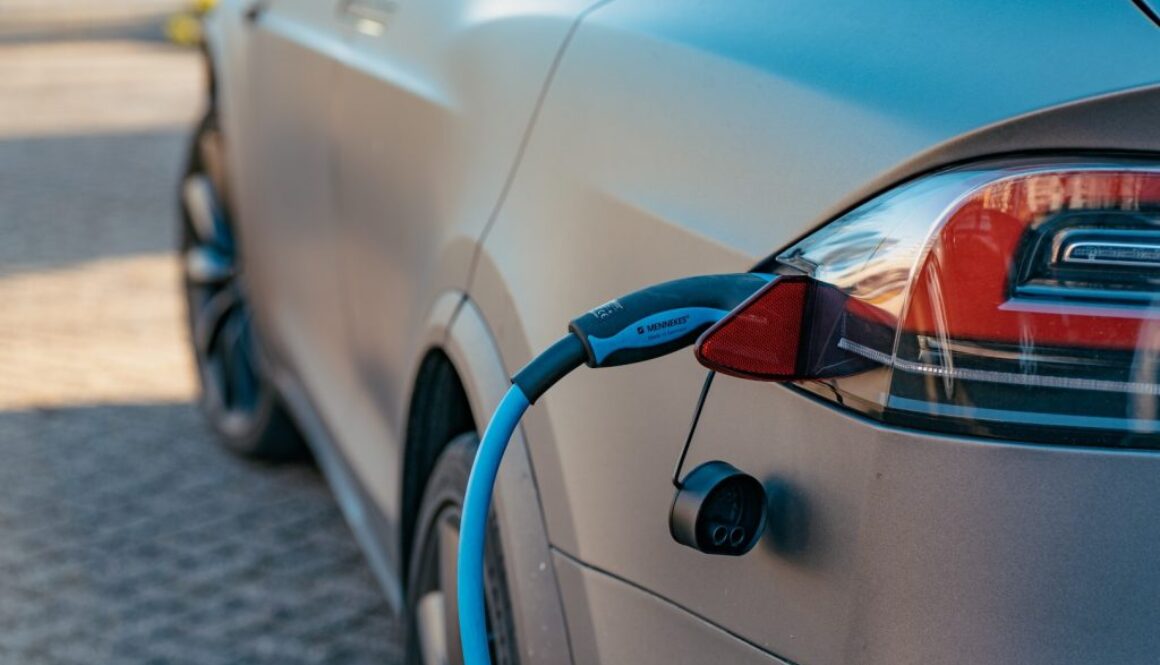What’s a Super Retirement Bonus?
Some super funds offer what’s called a retirement bonus as an incentive to keep your money with them when you move from working life into retirement. What exactly are these bonuses and does your fund offer them? Let’s start with the basics.
Superannuation, or “super,” is a long-term savings plan designed to provide you with income in retirement. Think of it as a mandatory savings account that your employer contributes to on your behalf, which you can’t access until you retire or reach a certain age. Over your working life, this money is invested by your super fund to grow your savings.
Let’s delve deeper into the retirement bonus. When you move from working life into retirement, your superfund shifts your savings from the “accumulation phase” (where your money grows with contributions and investment returns) to the “pension phase” (where you start withdrawing your savings as regular income). The retirement bonus is essentially a financial perk. It’s like getting a rebate or a reward from your super fund. The idea originated as a way for traditional super funds to offer a benefit similar to what people can get with self-managed super funds (SMSFs) — essentially, making them more competitive by mimicking the tax advantages that SMSFs enjoy.
The bonus often represents a return of some of the taxes that were set aside for potential capital gains on investments. In simpler terms, because your super fund saves on taxes when you switch to the pension phase (since pension phase earnings are generally tax free), they share some of those savings with you as a bonus. It’s like saying, “Thanks for sticking with us. Here’s a share of what we saved on taxes because of you.”
However, not all bonuses are created equal. The size and eligibility criteria for these bonuses can vary significantly between funds. They might depend on how long you’ve been with the fund, the type of investments you’ve had, and when you choose to switch to a pension account. Let’s look at an example:
Alex and Jordan have been with their super fund for different lengths of time but both have managed to save $500,000 each. Alex, a planner by nature, chose a long-term growth strategy 25 years ago and stuck with it, allowing their investments to benefit from the market’s ups and downs. Jordan, more reactive to market trends, only settled on a similar growth strategy five years ago after exploring various other investment options.
Upon transitioning to the pension phase, the fund rewards Alex with a $7,500 retirement bonus, signifying that roughly 1.5% of their total balance had been earmarked for potential capital gains tax over the years. This larger bonus acknowledges the extended time Alex’s investments had to grow and accrue value.
Jordan’s bonus, however, amounts to $1,000. Despite having the same final balance, the shorter time frame of Jordan’s growth strategy meant fewer accumulated unrealised gains and, subsequently, a smaller portion of their balance was subject to potential capital gains tax. This example shows how the duration and consistency of an investment can influence the calculation of a retirement bonus.
It’s also worth noting that if you decide to move your money to a different fund too soon after receiving a bonus, you might have to give all or some of it back to your previous fund.
It’s a clever marketing tool, but more importantly, it’s also a genuine benefit for some retirees. Yet, like any financial decision, it’s important to weigh this perk against other factors, like the overall performance of the fund, its fees, and how well it aligns with your financial goals and risk tolerance. Make sure you speak to us before making a decision that impacts your retirement fund. Always remember, the details matter in finance, and small differences can add up over time to significantly impact your savings.
According to SuperRatings, approximately 30% of the funds offer retirement bonuses now. Some of these funds include Australia’s biggest, among them AustralianSuper, REST, HESTA and MLC. As mentioned above, the calculation methods and eligibility criteria for these bonuses vary between funds and some are not very straight-forward. Speak to us if you would like to learn more about retirement bonuses and how it affects your retirement savings and overall financial plan.




